Many people shy away from planting onion seeds because they are slow to germinate and take longer than starting with onion sets (immature bulbs). Growing onions from seed, though, is actually easier. And, when you start them at the proper time, you'll get much larger onion bulbs than from sets as well as earlier harvests.
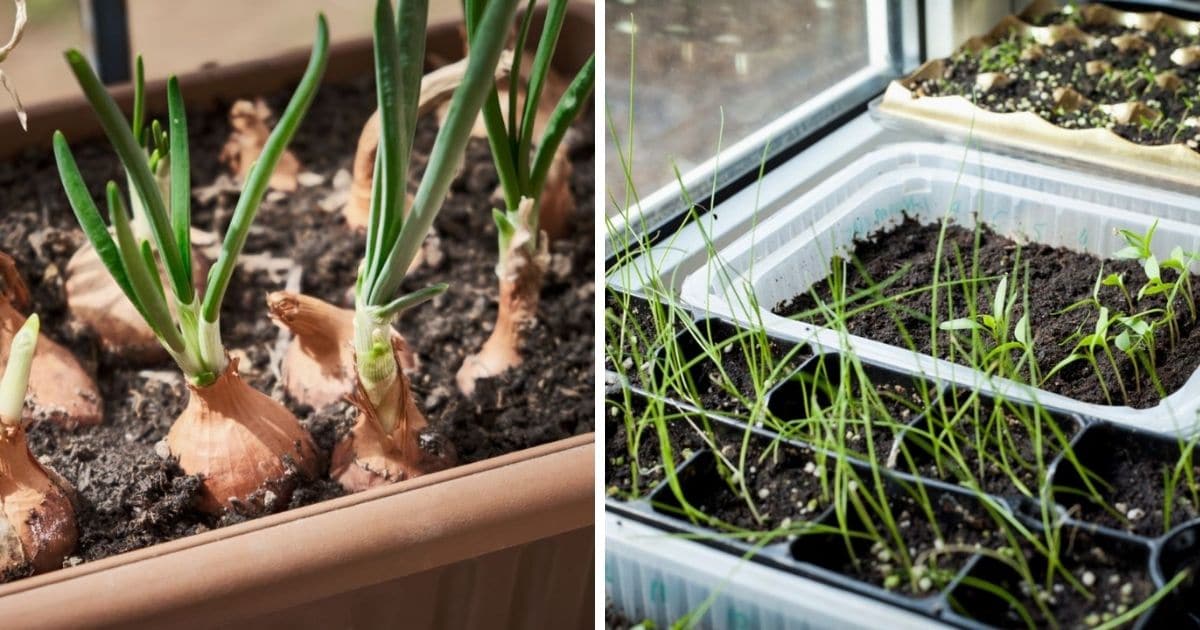
This method is less work than other ways to start onion seeds which require the use of heat mats and grow lights. Forget all that, and plant onion seeds the easy way.
+ Bonus tip read my onion growing lifehack for an extra boost to your onions.
Jump to:
Types of Onions
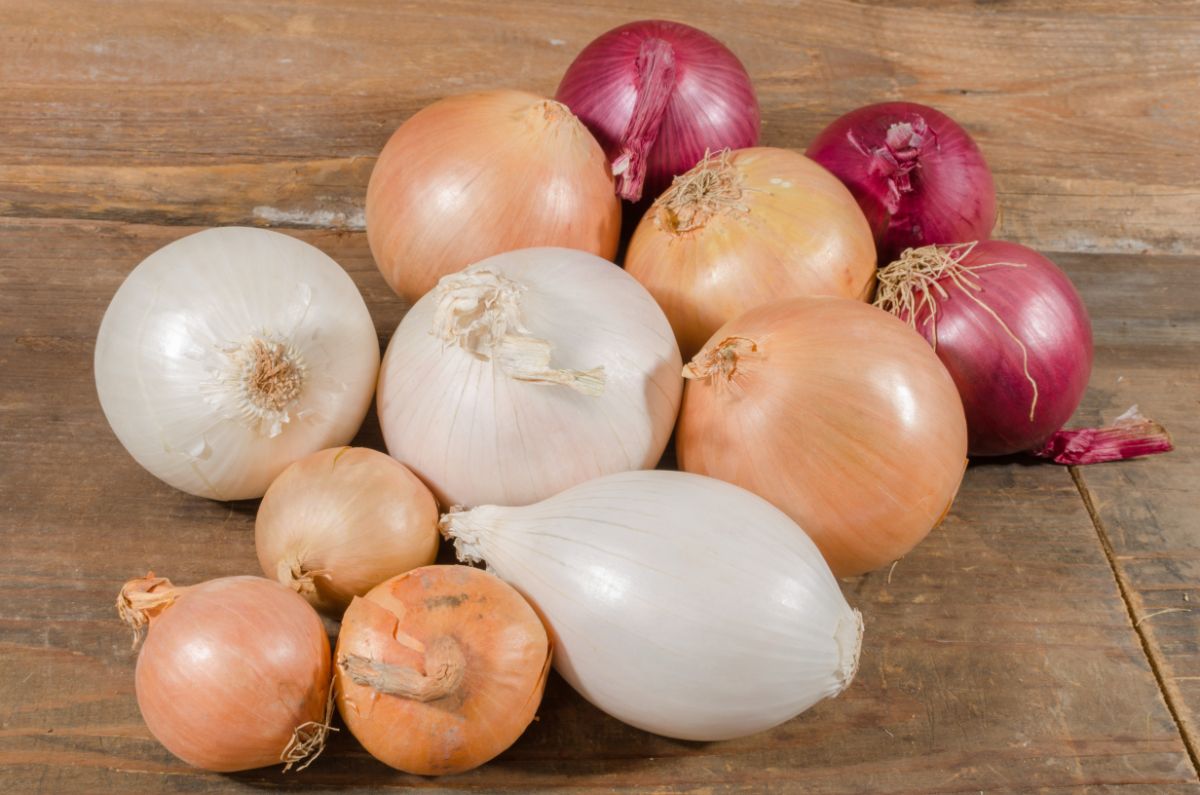
Short-day Onions
These onions are triggered to bulb out when the daily sunlight increases to 10-12 hours. They are ideal for warmer climates, plant hardiness zone 7 or higher. The mild weather means the onion seeds can be planted in late fall, grow throughout the winter, and then be harvested in spring.
Harvesting occurs March-May, depending on the variety. Vidalia, Red Burgundy, White Bermuda, and Red Creole are a few types of short-day onions.
Day-neutral/Intermediate-day Onions
Onions rated as day-neutral or intermediate grow well in most climates. They need 12-14 hours of sunlight to prompt bulb growth. Some well-known varieties are Cabernet, Super Star, and Candy.
Long-day Onions
The long-day onion varieties start growing their bulb once the daylight increases to 14-16 hours per day. Long-day onions do best in cool climates, plant hardiness zone 6 or lower. They need to be started very early to ensure they have enough time to develop fully.
Long-day onions won't form bulbs if planted in warm climates. This is why it's crucial to choose the right onion type for the environment. White Sweet Spanish, Walla Walla, Yellow Globe, Red Wethersfield, and Paterson are a few common long-day onions.
Grab the Best Onion Seeds on Amazon
- HIGH GERMINATION RATE: Get even better results with our high-yield onion seeds. It’s possible with...
- 🧅 Huge Value - 8 Onion Seeds Variety Pack Heirloom, NON-GMO, Seeds for Planting Indoors &...
- FREE SHIPPING!
Onion Planting Winter Strategy
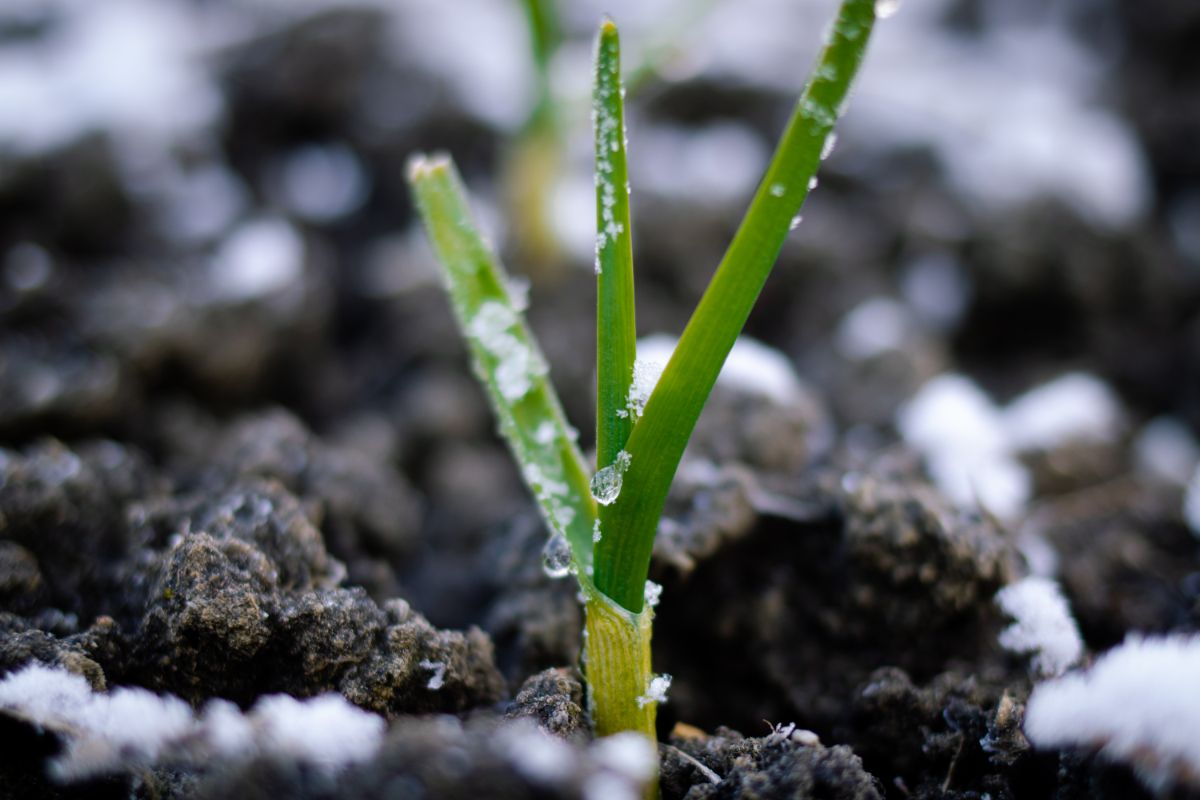
The reason for planting onion seeds in winter long before they will germinate is simple. Early planting allows the seeds to sync up with Mother Nature and tune in the natural cycle of the seasons. Because the seeds are already in the soil and have their cold stratification, they will sprout when the outdoor temperatures are accommodating. Basically, the seeds are sitting there dormant, just waiting for the perfect time to grow.
This winter planting strategy takes out all the guesswork of figuring out when to start onion seeds based on frost dates, daylight hours, and everything else the gardener needs to consider before planting. The onion seeds are prepped and ready, and they will sprout when they're ready. Winter planting onion seeds is growing with Mother Nature, not trying to work around her.
And, because the seedlings are already outside, they don't need to be hardened off (acclimated to outdoor temperatures).
The Best Way To Grow Onions
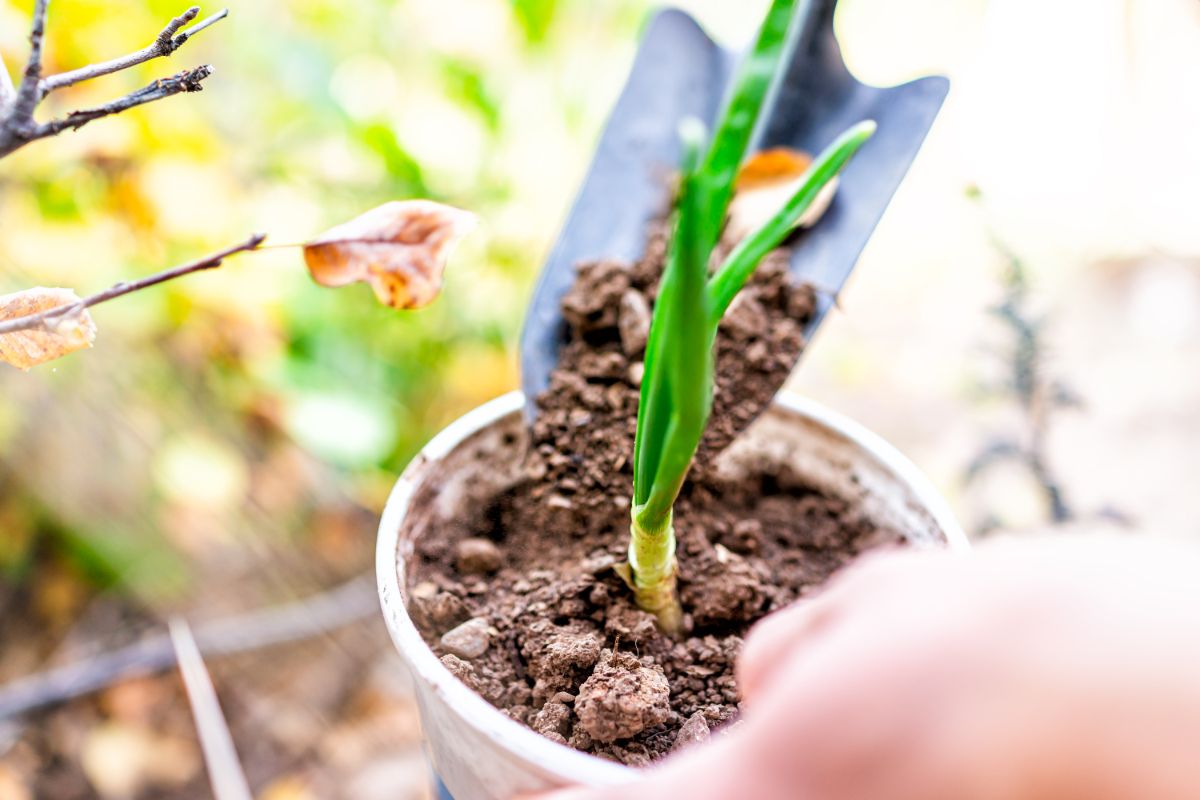
Plant anytime between December and February in most climates.
What you'll need:
- A plastic container with a clear lid (recycled berry containers or lettuce clamshells are perfect). The container doesn't need to be very large or deep; 4" deep is sufficient. The container is, in essence, a mini-greenhouse.
- Onion seeds
- Potting soil
Starting the Onion Seeds
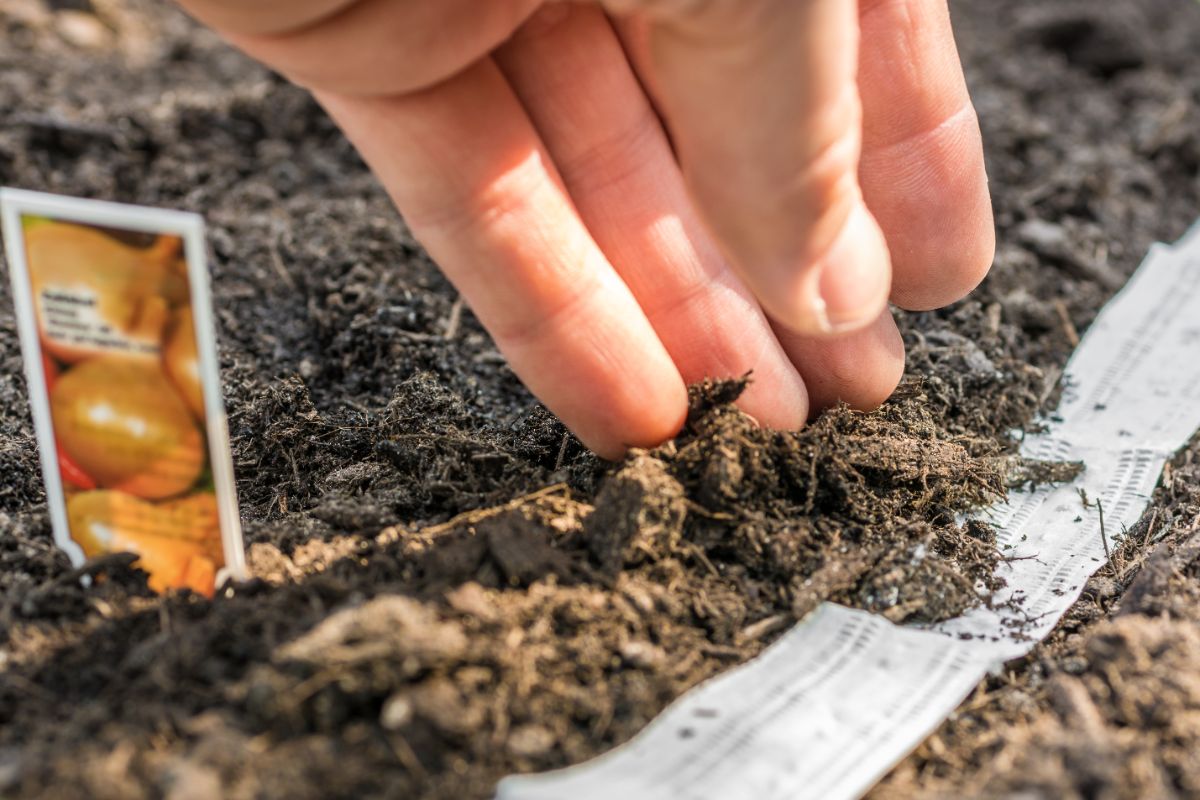
- Poke holes in the bottom of the container for water drainage.
- Poke a few holes in the top of the container to allow for a bit of airflow – this helps prevent mold from growing.
- Fill the container with potting soil and add water so it is moist but not soggy. (Pre-watering is preferred when starting any seeds, so the tiny seeds don't get disturbed after planting).
- Sprinkle the onion seeds evenly over the top of the soil.
- Press the seeds into the soil so they are just ⅛" under.
- Close the lid. If the top doesn't adhere well, use a few strong rubber bands to keep them securely on.
- Label the container – this is especially important if you're planting more than one type.
- Set the container outside in a protected area where it will get sun, but hopefully not get bothered by high winds or critters.
- Ignore the containers until spring! That's right; leave them alone. Don't worry about watering or anything. The seeds are fine hanging out. It's okay if they get rained on or snowed on, too.
Caring For Onion Seedlings
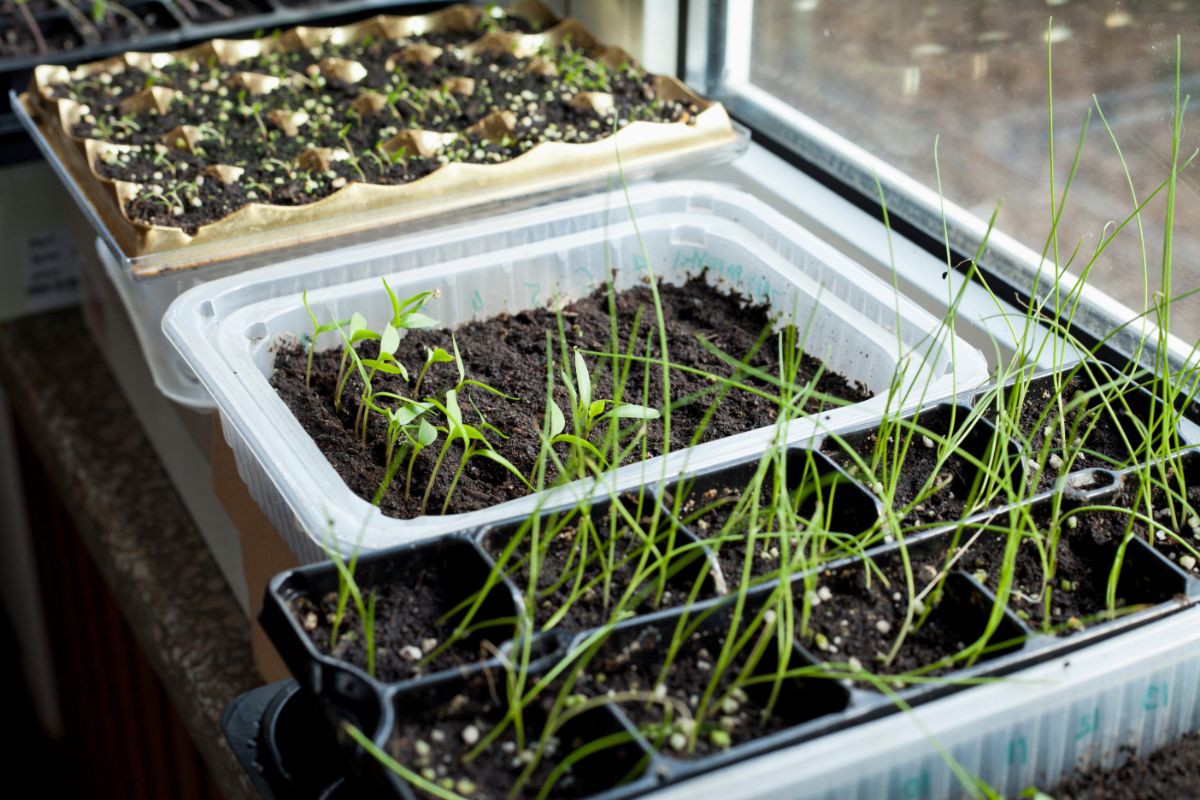
- Once the weather begins to be 45-50F during the day consistently, open the lid to give the seedlings some good airflow. At night, close the top again.
- Check if the soil is dry and water as needed.
- The seedlings don't need too much babying since they're very hardy, but it's best to keep them protected from freezing temperatures and not let them dry out too much. Cover with a blanket during especially cold nights.
- Trim the tops when they are 2-3 inches tall. This slows down bolting and also encourages the plant to focus on larger bulb growth. Don't throw out the tops –they are delicious in a salad.
- When the onion seedlings reach a few inches tall again (the tops grow back fast) and the ground is workable, transplant them to the garden in full sun.
- Pull apart the clumps of seedlings carefully and plant them so the bulbs are covered. Don't plant too deep, though; just 1" under the soil is enough. Seedlings planted too deep will have slow bulb growth.
- Water as needed throughout the growing season.
Harvesting Onions
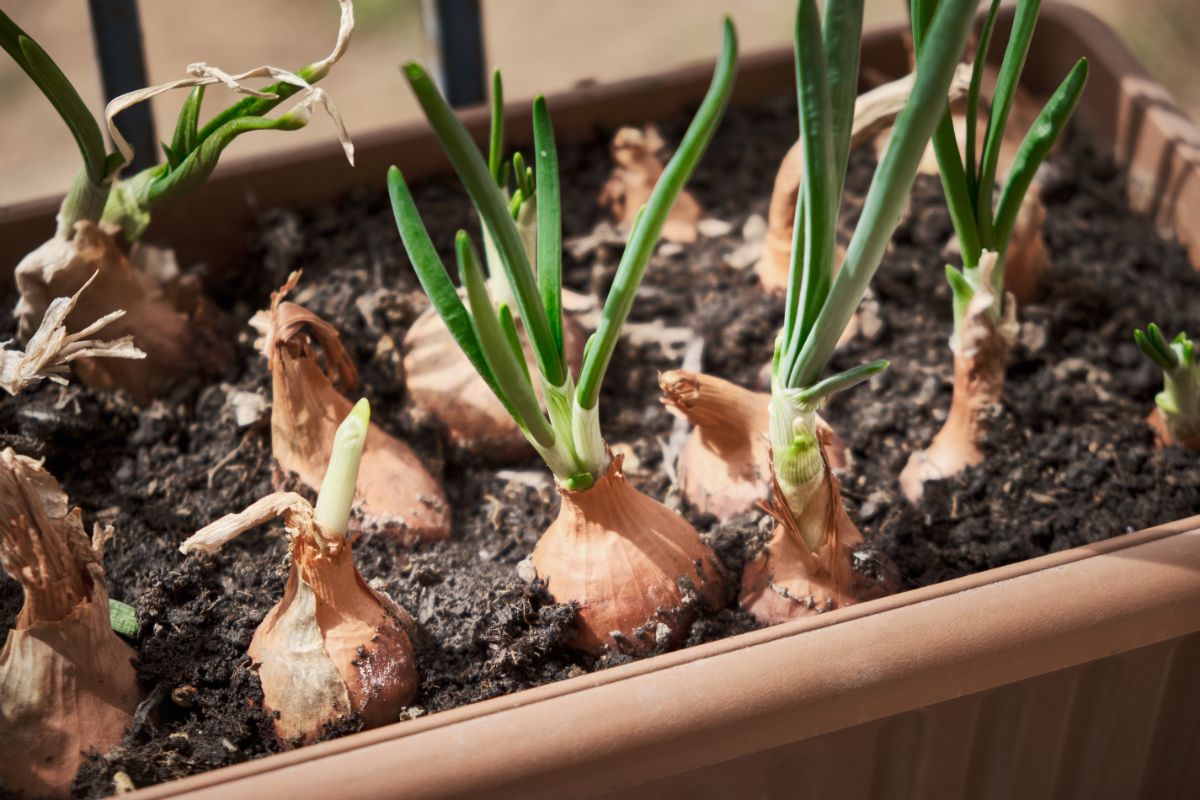
- As the onions grow, the tops will push up out of the soil. Don't cover them up again. The bulbs need to emerge a bit from the ground.
- Any onions that send up flower stalks should be harvested immediately. The bulbs have stopped growing at this point. Onion bulbs from flowered plants don't store well, so use these right away.
- Onions are almost ready for harvesting when the tops are brown, withered, and have tipped over.
- Bend the tops more when you see them starting to tip. Stomping down the foliage speeds up the final ripening process.
- Loosen the soil around the bulbs, too, to promote drying.
- Pull the bulbs out of the ground on a dry, warm day. Never harvest on wet days as these bulbs will not cure or store well.
- When pulling up bulbs, do so carefully as any bruising may lead to rotting later on.
- Cut off foliage, so there is just 1" of the stem unless you plan on braiding them later for storing.
- Spread out the bulbs on a screen in a well-ventilated, warm, dry location away from the sun, heat, and rain. They need approximately 1-2 weeks to cure.
- Store in a cool, dry location. They can be kept in onion bags, braided together and hung up, or arranged in a shallow box with newspaper between the bulbs.
- Ideal storage conditions are between 40-60F. Never store in a refrigerator as it is too damp.
- Onions cannot be stored with apples or pears as these fruits emit a gas that interrupts the onion's dormancy.
Onion Seeds Vs. Sets, What's the Difference?
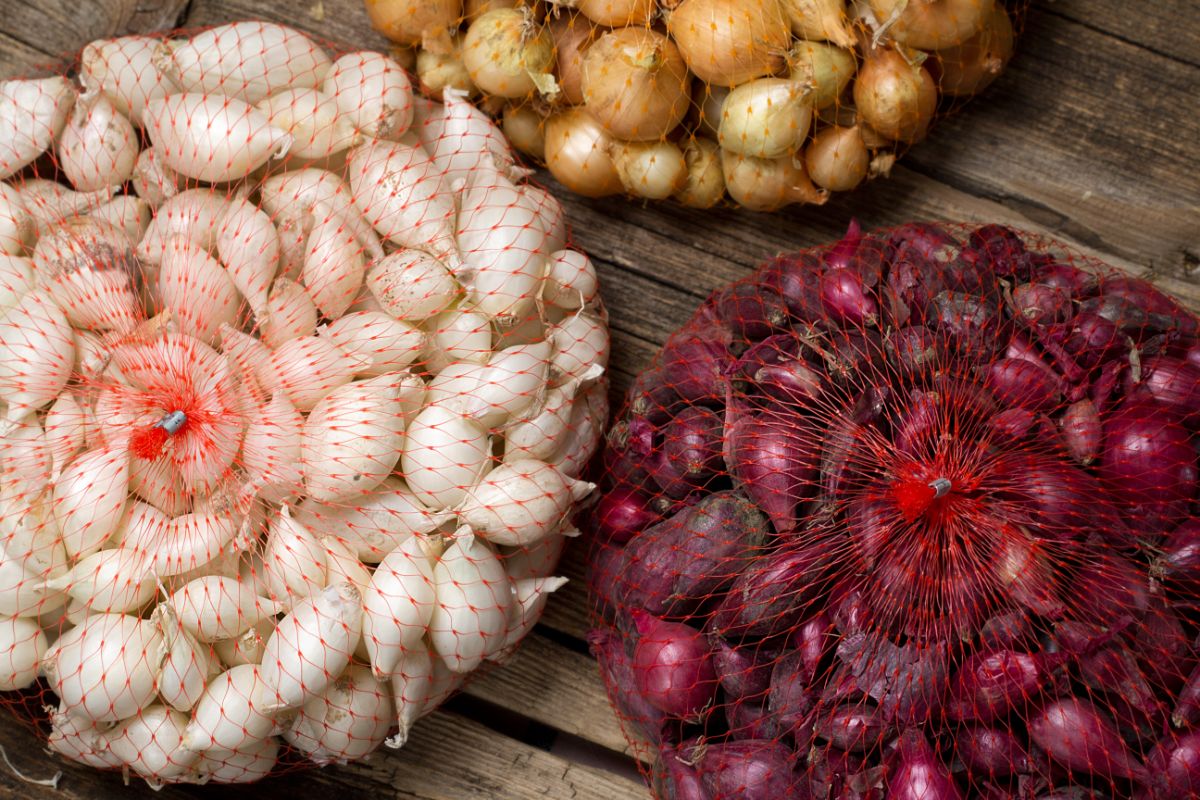
Onion sets are immature bulbs that are available from seed catalogs and garden centers in early spring. The small onion plants usually have a little bulb, 3-6" stalks, and are transplanted into the garden in early spring.
Onions that will be sold as sets are started the previous year, then harvested in fall and overwintered. So, when you purchase sets, you are getting the previous year's immature bulbs. This isn't bad, but it does explain why they often have problems.
Gardeners value these onion starts because they take some of the supposed work out of growing onions. It's like buying tomato or pepper seedlings to get a headstart on the growing season. When purchasing sets, you want smaller, not larger, bulbs. Onion starts with larger bulbs and may flower too early and not finish producing a mature bulb.
While planting onion sets is convenient, they aren't always successful, and the bulbs don't usually get as big as one wants. They also come in limited varieties, usually just labeled as white, red, or yellow. Plus, onion sets are much more expensive than onion seeds. When you buy sets, you're also paying for the grower's time in starting them. Seeds are very inexpensive and provide huge yields – economically, it's the best choice.
Hundreds of onion varieties are available, and growing them from seed opens up all these possibilities. The onion world is vast, with a broad range of flavors, colors, shapes, and sizes.
The main issue gardeners list as a reason not to grow from seed is that they take a long time to germinate and develop. And this is true. Onions are notoriously slow. However, learning how easy it is to start them in winter quickly becomes a non-issue.
Growing Onions Tips & FAQS
Plant onion seeds in early fall so they can overwinter in the soil. In spring, they will begin growing. If you wait until spring, the weather will be too warm later on when the bulbs are maturing, and they will bolt.
Anytime between December – February, when it's cold and freezing outside. The seeds will cold-stratify and be primed to germinate in spring at just the right time. Harvest will be in early to late summer.
Consider how many onions you eat a week and plan to grow enough to meet that need. Two onions a week equals 100 seedlings. Plus, always plant a bit more than you need to account for ones that don't germinate or make it to maturity. Of course, how many onions you plant depends a lot on how much space you have available to grow them.
Tips
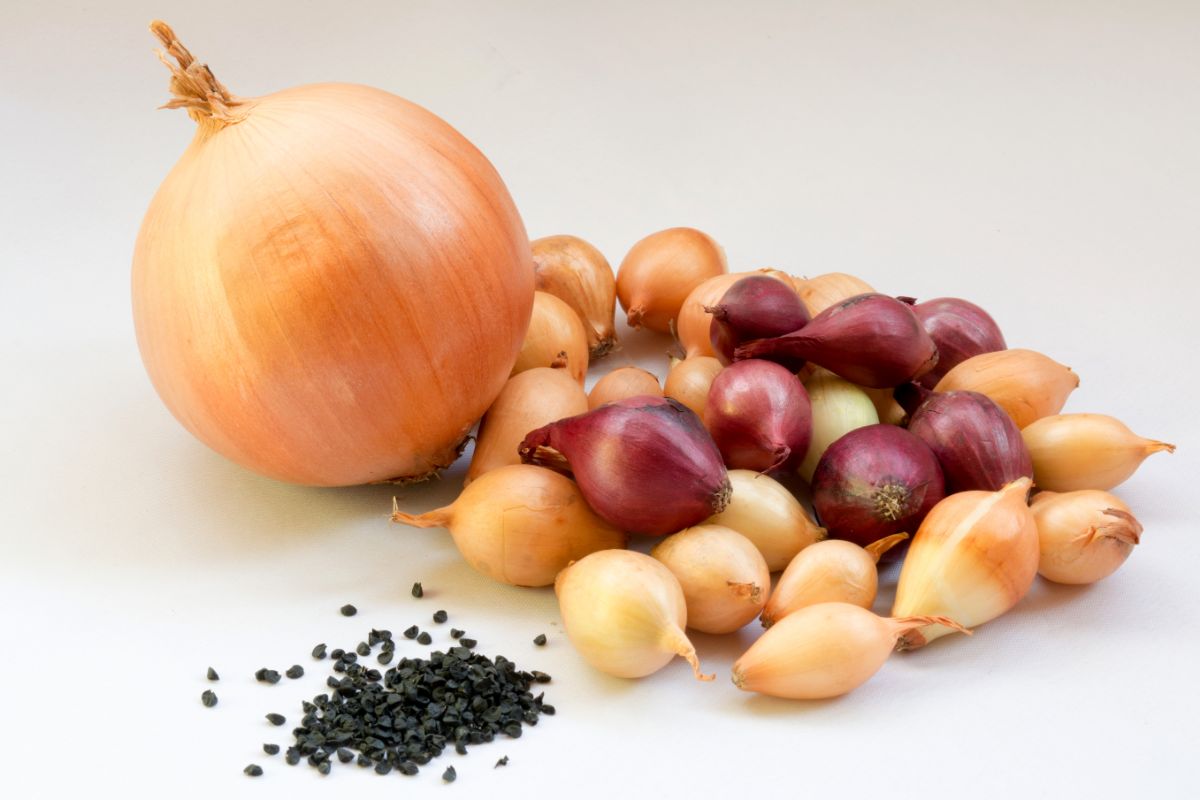
- Onion seeds do not have a long shelf life. Use seeds within two years of purchasing. Older seeds can be planted, but the germination rate will be significantly lower than fresher seeds.
- Choose onions rated for long-term storage if you intend to store them for the winter.
- Pay attention to the varieties and choose the best ones for your climate.
- Onions don't compete well against weeds; keep the onion patch well weeded. Beware, onion roots are shallow, so be careful not to disturb them while weeding.
- Don't plant onions in the same place each year; some pests, like onion maggots, overwinter in the soil and will be waiting for the baby onion bulbs to snack on given the opportunity.
- If you're unsure about this method and whether it will work for you, the great news is that it's simple and inexpensive to try. A packet of seeds is only a few dollars, and you get hundreds of seeds. Give it a try and see how it works in your garden and climate.

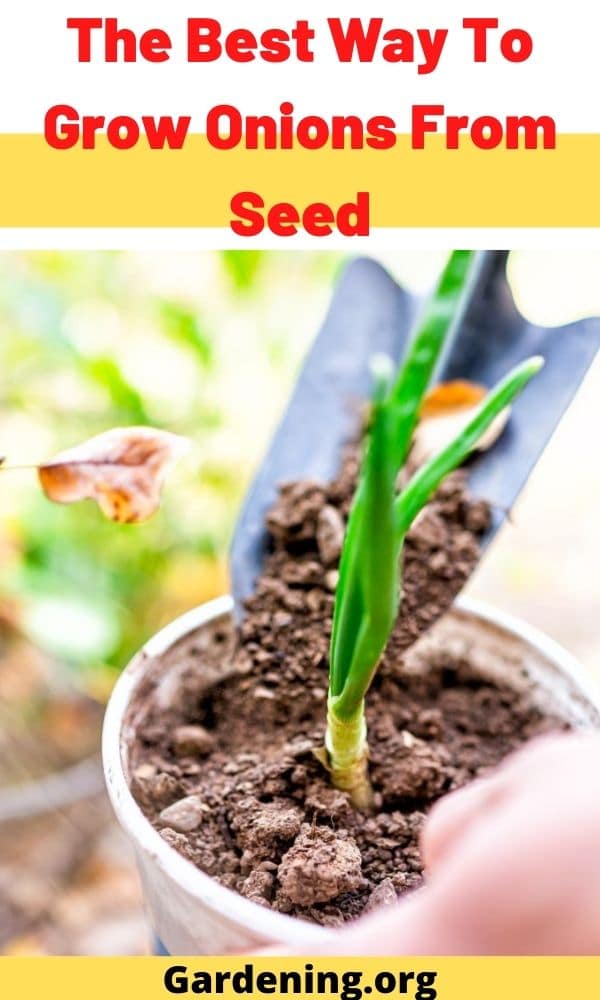
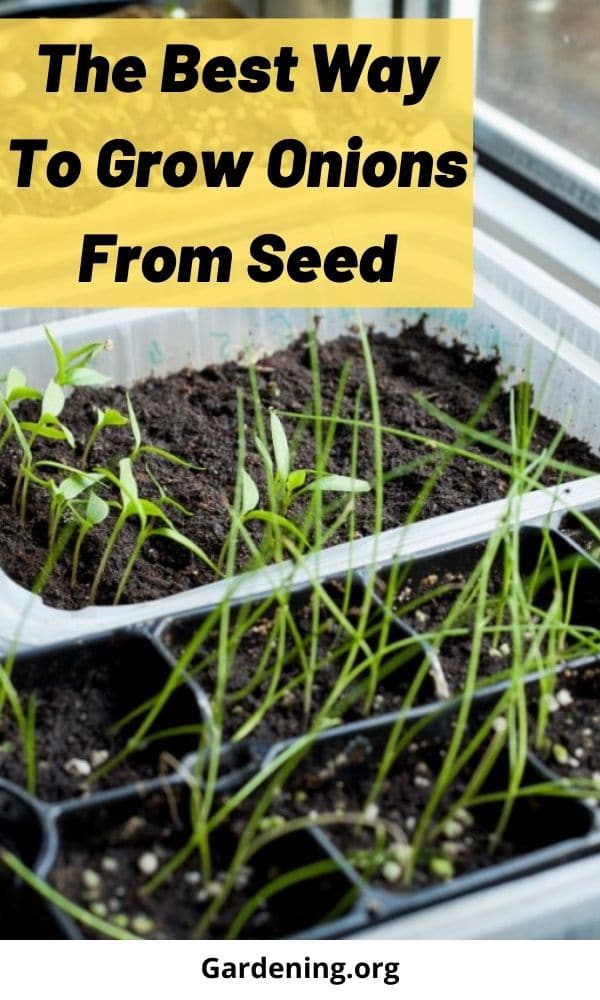
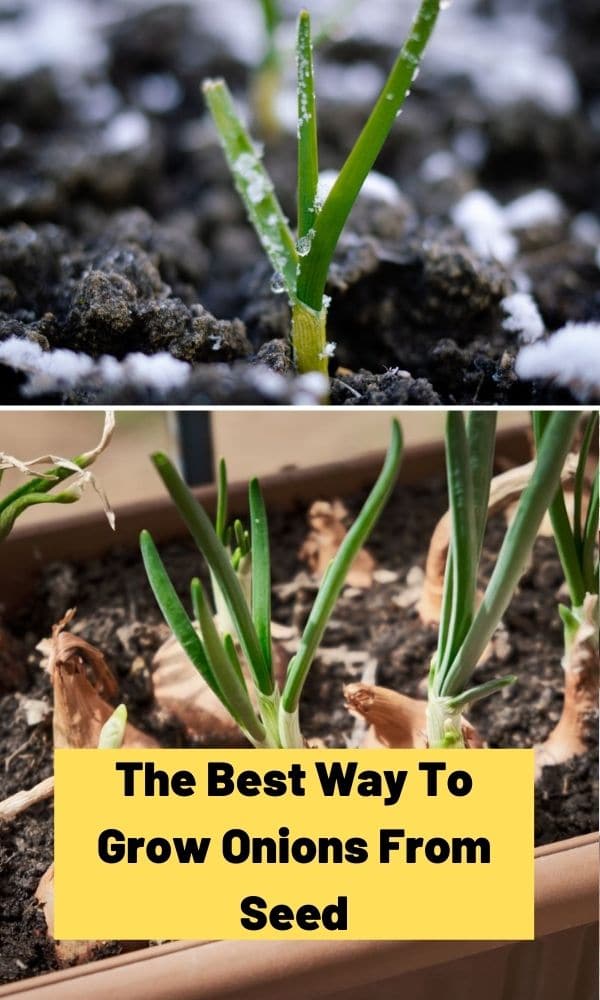
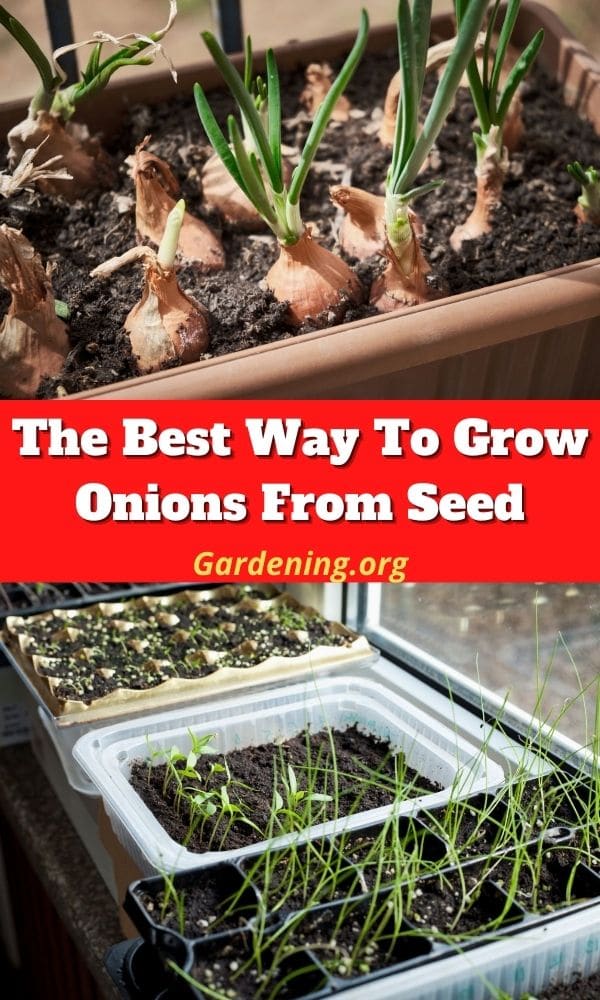
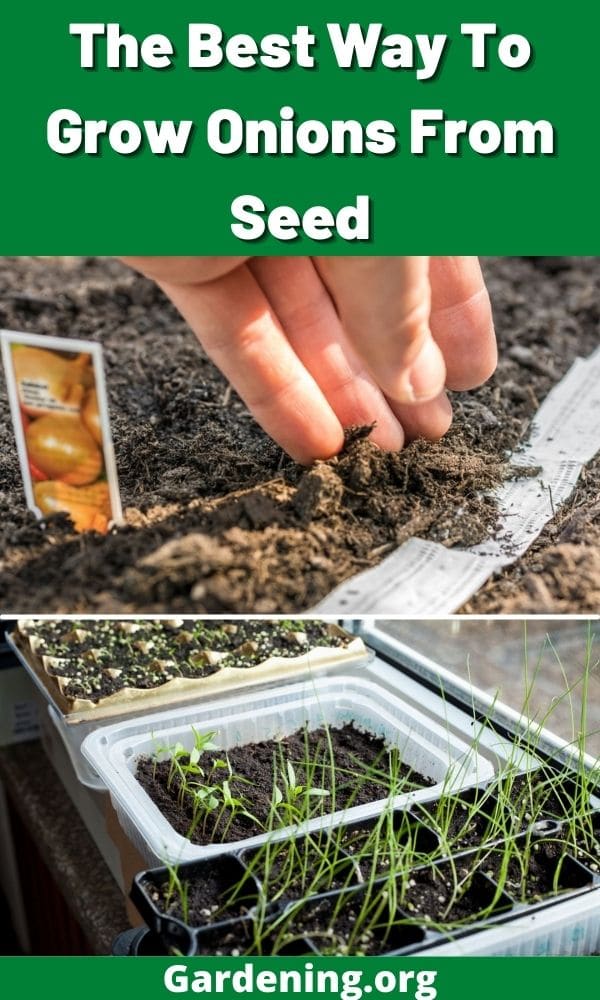





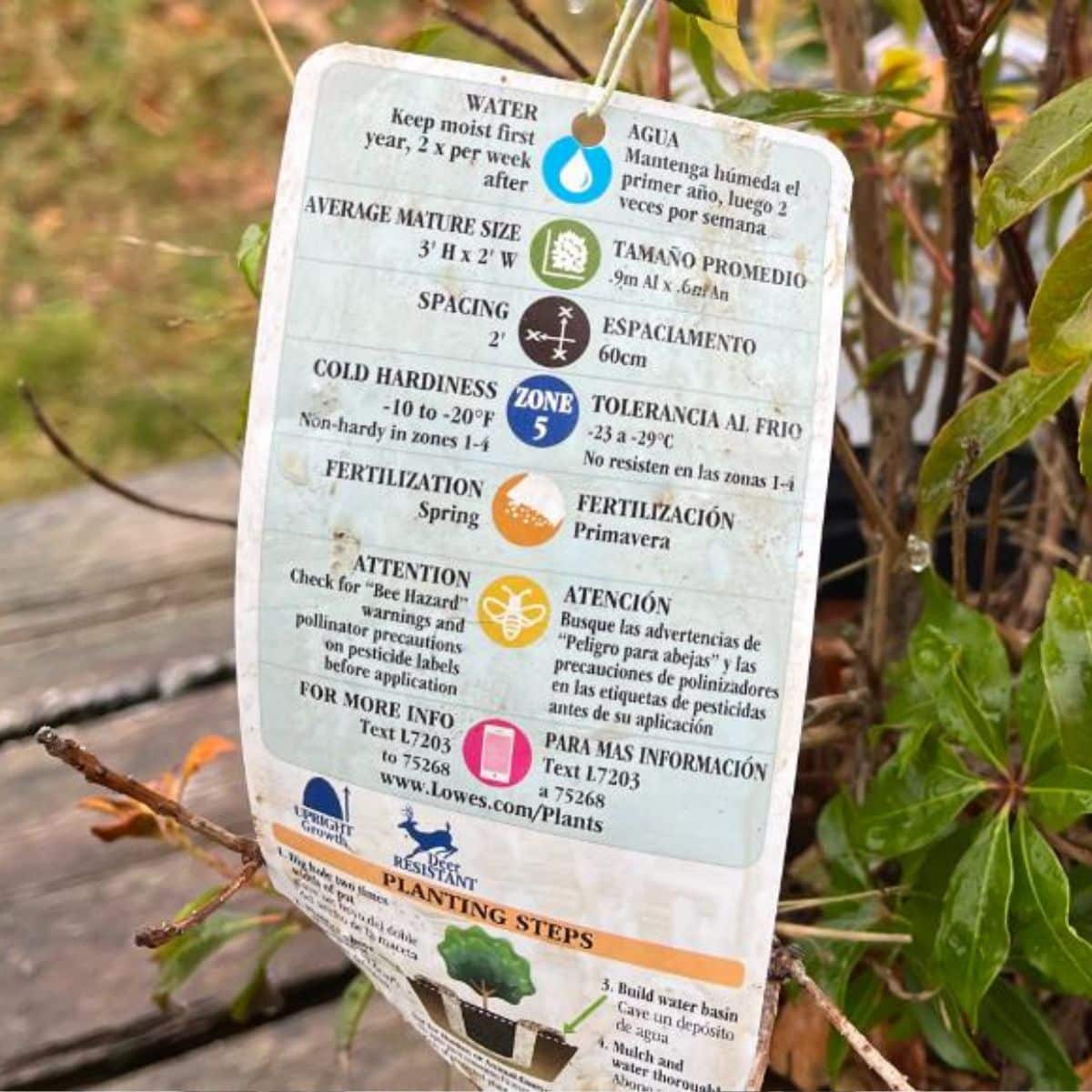

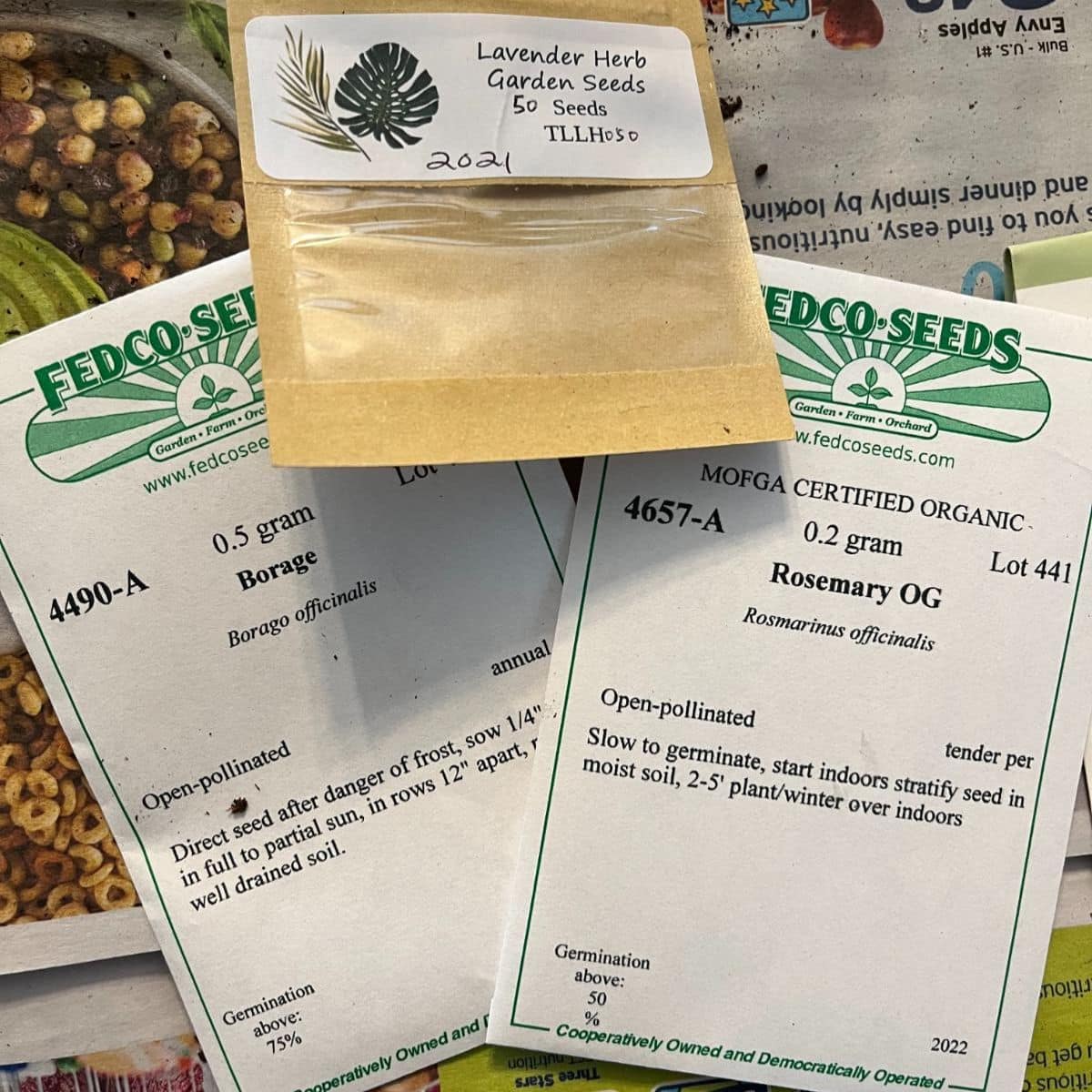
Leave a Reply